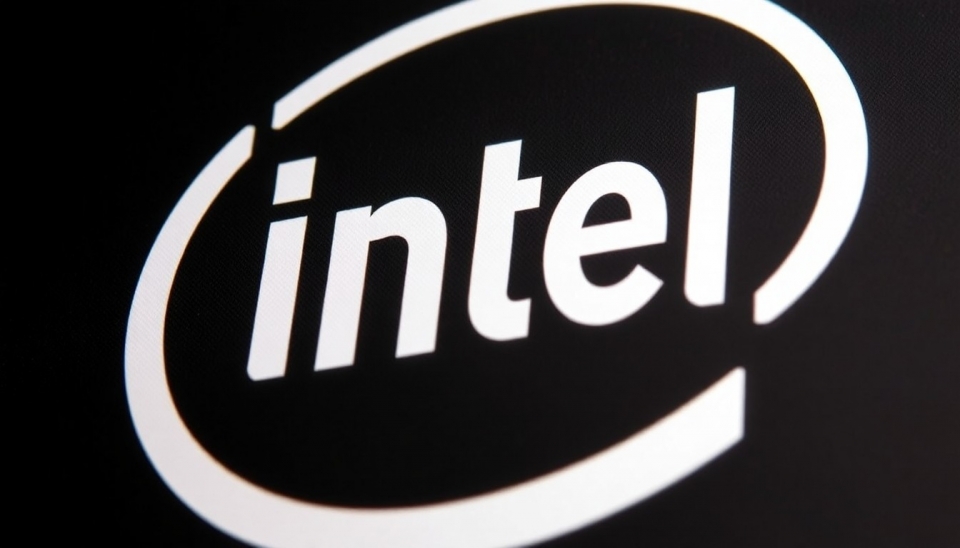The semiconductor industry is currently experiencing a dramatic split, showcasing contrasting fortunes for two of its key players: Broadcom and Intel. As the demand for chips surges across various sectors, the performances of these companies reflect the diverging paths within this critical marketplace.
Broadcom has emerged as a powerhouse, capitalizing on the increasing demand for semiconductor solutions. The company has recorded impressive growth, spurred by not only the heightened need for chips in consumer electronics but also by flourishing business ventures in the fields of data centers and networking. Broadcom's strategic acquisitions and its robust product portfolio have positioned it as a leader, enabling it to reap substantial financial rewards.
In stark contrast, Intel finds itself in a challenging position, grappling with significant hurdles that threaten its longstanding market dominance. After several missteps and delays in product launches, Intel's latest financial reports have highlighted a troubling trend: declining revenue and market share. The company has struggled to keep pace with competitors, especially in the realm of advanced semiconductor manufacturing technologies.
Analyzing the broader implications of these contrasting fortunes reveals the pressures and challenges within the semiconductor sector. While Broadcom thrives, shaping the future of connectivity and integration in technology, Intel’s hardships underscore the volatility in the market, reflecting on how quickly fortunes can change within the tech industry.
The ongoing supply chain issues, coupled with geopolitical tensions, have also played a significant role in the performance disparity between these companies. Broadcom's proactive approach to supply chain management has allowed it to navigate these complexities effectively, ensuring consistent product availability and alignment with customer demands. Conversely, Intel's struggles to realign its strategic vision have led to missed opportunities and reduced investor confidence.
As we move forward into 2024 and beyond, the outcomes of these divergent pathways will continue to shape the semiconductor landscape. Industry analysts are closely monitoring how Broadcom will leverage its strengths to maintain its upward trajectory and how Intel will respond to the increasing pressure to innovate and regain market share.
In conclusion, the tale of Broadcom's boom amidst Intel's bust serves as a compelling narrative of the semiconductor industry's dynamic nature. Companies must adapt to an ever-evolving environment, where agility and foresight are crucial for survival and success.
#Broadcom #Intel #Semiconductors #TechIndustry #ChipManufacturing #TechnologyTrends
Author: Emily Collins




